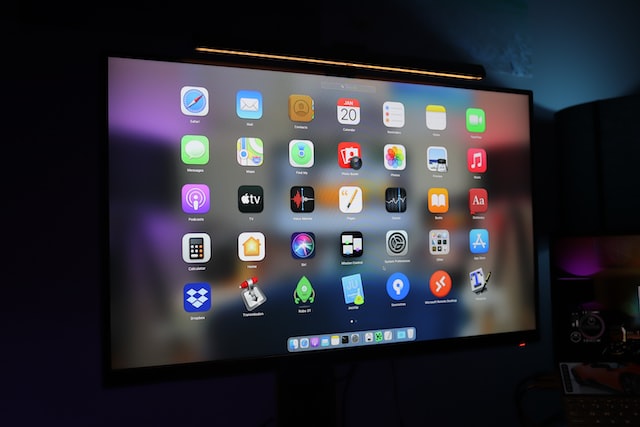
Legacy apps can be hard to let go of. Even when they become obsolete, these firms can still speak to your business and represent part of its history and culture.
That said, part of running a successful business involves moving with the times and overhauling obsolete processes. A failure to do so can lead your firm to be outperformed by competitors at every turn and could even cause dissatisfied workers to seek out opportunities elsewhere.
It’s not always necessary to bid farewell to your company’s legacy apps! Instead, you could upgrade them over time, building on work processes and providing job satisfaction to your employees.
What’s the best approach here? Consider the strategies we’ve outlined for you below.
Understand What’s at Stake
Know the consequences of failing to upgrade legacy apps in finer detail. That way, you can better strategise meaningful developments.
Problems that can occur with complacency around legacy app updates include:
- No further support for third-party aspects of the programming.
- The software not being compatible with more modern technologies being released today.
- Security coding vulnerabilities could make your firm a bigger target for cybercriminals.
- Updates and maintenance schedules taking longer than they should, in addition to being needlessly complex to carry out.
- Changing customer needs not being met.
It’s easy to see how things can spiral out of control here. Multiple aspects of your company can be affected. Consequently, before planning for the future, it’s a good idea to better understand what’s at stake and which solutions to prioritise in your upgrades.
Web-Enable the Apps
Modernisation in business often involves tech in some capacity. Your legacy apps may be digital accomplishments already, but you could further explore their potential by web-enabling them.
There are many options for realising these solutions, with Citrix and its alternatives all helping in different ways. For example, TSplus is the ideal Citrix alternative for remote desktop access and Windows application delivery. Your legacy apps can also be better web-enabled, and you don’t need to break the budget as you and your colleagues access centralised corporate files and tools.
Utilising an alternative to Citrix means you not only avoid their expensive pricing model but also their overly complex UI interface. Not everybody can use it immediately, and training and familiarity can be required before confident use is assured. Upgrading your legacy apps through web-enabling shouldn’t be a stressful or complicated process but as straightforward as possible, so explore alternatives to Citrix if possible.
Some firms move their apps to the cloud from their on-site premises storage in a process called ‘rehosting’. No matter your choice, you must be open to reordering things as needed.
Consult Your Colleagues
Legacy apps are about more than yourself. They represent your company and much of what it has to offer. There are many advantages to updating your processes.
There are many key questions you can ask your workers here. Consider asking them:
- What do our legacy apps currently achieve, and what do we hope they achieve in the future?
- Are there any specific features we could integrate to help us in these goals?
- How do we define modernisation within our business? Is the business doing enough to promote a culture of it?
- Are you all in agreement on assessing the main drivers of the legacy apps; business fit, business value, risk, cost, complexity, and agility?
In a world where many French people prefer to keep quiet about their professions, giving them something to be loud and proud about can be hugely beneficial too. Your company’s reputation can be gleaned from accessing the software as well. It all needs to land a really good impression, and your colleagues’ opinions can contribute enormously to the likelihood of that happening.
You can’t introduce new workflows if your staff isn’t on board. A cross-disciplinary strategy may be required here, depending on the types of legacy apps being upgraded. Any decision involving workforce problem-solving requires collaboration. Your workers may know these programs better than anyone and where they fall short.
Focus on the Future
Upgrading your legacy apps will be a constant process. Tech is always developing, and firms are evolving more often today.
Now that the French economy shows promising signs of stability, it’s important to pursue business growth. At the same time, it’s equally vital to anticipate all the subsequent changes you’ll need to make to your legacy apps.
You may want to significantly alter the code behind your legacy software, rearchitecting or refactoring elements of it to ensure it doesn’t suffer outdated frameworks or libraries. Or you may favour a more subtle approach with replatforming, which reshapes some of the code while leaving some features untouched.
The scalability of your upgrades matters. Some firms replace their legacy apps entirely but will make subtle changes to the programmes nevertheless to ease the transition and buy time for the development period of the new systems. Either way, how fast your company expands will largely determine your approach.


